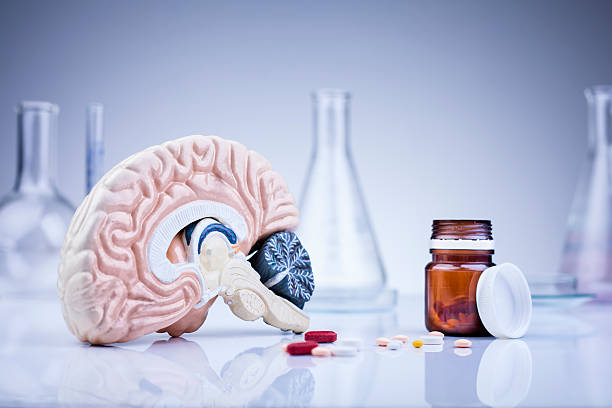According to the study that was presented from June 1st to 4th at the Annual Endocrine Society’s 2024 meeting in Boston, it was stated that stress in childhood makes it more likely for young adolescents to be prone to early substance abuse. The US data shows an approximate 20% of American teenagers experiencing stress, which often, with situational adversity, becomes childhood trauma, characterised by abuse, neglect, and conflict. This early exposure to complex situations and stress later has a variety of detrimental consequences for development and lifestyle.
Table of Contents
The Prevalence of Stress
The National Institute of Mental Health (NIMH) estimated that one in five children in the US faces high levels of stress, which can have permanent negative effects on their physical and mental well-being. Numerous factors, such as family dynamics, scholastic demands, financial difficulties, and exposure to trauma or abuse, can cause childhood stress.
Adolescent Exposure to Substance Abuse
Adolescence is an important phase marked by profound changes in the brain’s development and psychology. Child brain development becomes extremely sensitive when continuous stress is encountered.The stress-response system, primarily governed by the hypothalamic-pituitary-adrenal (HPA) axis, becomes dysregulated.Increased anxiety, depression, and impulsivity are some of the symptoms of this dysregulation, and these conditions substantially increase the likelihood of adolescents using substances as a coping strategy.
Studies that were published in the journal “Addiction” reveal that early stress exposure can change the prefrontal cortex and amygdala, two brain regions that are important in how we process rewards. These alterations may lead to a desire to resort to drugs, alcohol, or nicotine in an attempt to lessen the adverse psychological conditions brought on by stress.
Socioeconomic factors
The association between early stress and substance abuse is strongly impacted by socioeconomic level (SES). Numerous stressors, such as unstable finances, restricted access to healthcare, and hazardous living circumstances, are frequently experienced by children from households with limited resources.
Environmental Influences
External factors, like environmental factors, play a major role as well. External factors play a major role as well. Substance abuse becomes more prevalent in areas where there is a lot of crime, violence, and accessibility to drugs. Not to mention having easier access to narcotics, adolescents in these environments are more inclined to experience stress, thereby increasing the likelihood that they will misuse substances.
Behavioural Factors
The way that people behave, which was developed in reaction to stress during childhood, can also have an impact on substance use. Children are likely to imitate the behaviours of adults they have been brought up with, who initially exposed them to the administration of drugs and other substances.
Preventive Measures
Interventions must be comprehensive, addressing the person as well as their surroundings. To build caring, supportive settings that lessen the effects of stress, families, communities, and schools must work together.
- Mental Health Support: It’s crucial to make mental health services easily accessible to kids and teenagers.
- Parental Involvement and Education: Stress in children can be decreased by training parents about the negative effects of stress and how to be good role models.
- School-Based Programmes: A child’s growth has a major impact on their educational setting. A conducive educational setting can be established in schools by implementing programmes that enhance peer support, stress management, and emotional intelligence.
- Community Initiatives: The appealing factor of substance use can be decreased by outreach programmes that provide safe recreational alternatives, mentorship programmes, and support systems.
- Policy and Advocacy: It is vital that we promote policies that address socioeconomic inequalities and enhance accessibility to services for mental health and drug abuse.

1 Comment
Pingback: 40% of individuals with bipolar disorder struggle with alcohol use